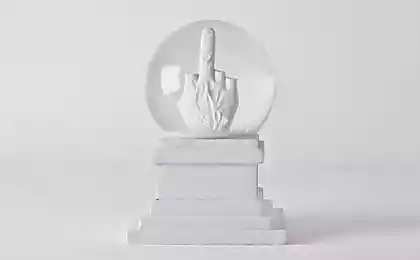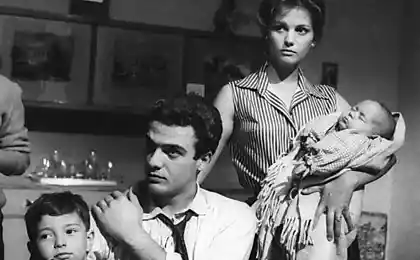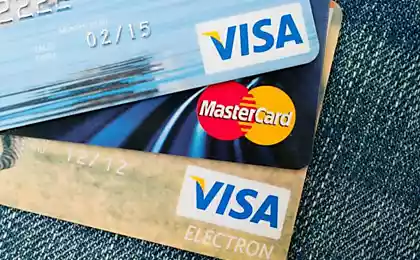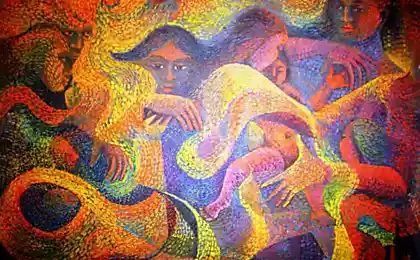611
7 unknown literary techniques
Several ways to write knigi nerasprostranёnnyh
nerasprostranёnnyh
metaphor. The epithet. Hyperbole. Narrative. Most of these familiar elements that make up the fabric canvas artwork. But to the authors there are lots of other techniques that they use to improve their creations. Among these there are such methods, which require enormous effort, and therefore are rarely used.
Most likely, these techniques have not met you in the latest bestsellers, but with them, they may have become more interesting.
1. Compulsive rasskazchikInogda is also referred to as "all-knowing narrator." It is the narrator who speaks in the third person, and he is not just a chronicler of events. He (or she) also commented on the events, providing a subjective understanding of the characters and situations. For example, in the novel "Jane Eyre," Charlotte Bronte compulsive storyteller often interrupts the main line of the story, and begins to describe the details of the interior, or to anticipate any events, all the while speaking directly to the reader.
2. Personal sekretarRanshe many authors used personal secretaries. The author simply dictated his work, and the secretary wrote. Many modern writers reject this practice. Nowadays all this can be done with the help of special software, and the author remains just watch as spoken words appear on the screen. However, authors such as Henry James hired for the work of women, which in fact served as a computer sound card, a response to the spoken sounds.
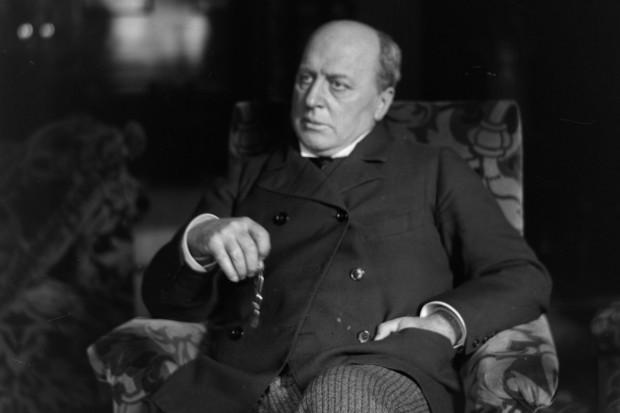
3. "Talking Names" It is found in the books and movies: the names that openly reflects the personality of the character. For example, Charles Dickens was famous for giving his characters names, act as their identifiers. His Mr. Gredgrind was a tyrant director, his Mr. Jaggers was a very tenacious attorney. This technique is often found in the series of books by JK Rowling Harry Potter: Draco Malfoy it sounds like an obvious antagonist. "Draco" is Latin for "dragon" and "Draco" as Rowling said she, in French means "betrayal».
4. Contact hronologiyaNachat work from the end, the beginning and end - another method, which is sometimes used by the authors. For example, in the novel Martin Amis' arrow of time, or the nature of the crime, "the main character, a German doctor who worked in the period of the Holocaust, appears to us an elderly man living in the post-war period. And the book ends with the moment of his birth.
5. The narrative of the second litsaEto sometimes found in the stories: the author suddenly turns directly to the reader, making him (or her) an active participant in the story. A striking example of this technique can be Jay McInerney's novel "Bright Lights, Big City". This is one of the few novels of the last few decades, where the reader is directly involved in the grim stories of debauchery.

6. Poetic romanyPoeticheskie novels from the beginning to the end of the verses are set out. One example of such a statement may be a "Don Juan." Lovelace is a feat that could fit about 16,000 lines of verse.
7. Proposal to the entire length kniguSamy complex literary reception - is to write a book that consists of a single sentence. That is why the data reception benefited only a handful of writers. The most famous example of this work is the story of the Czech writer Bohumil Hrabal "Dancing lessons for senior and advanced students," one extremely talkative shoemaker.
via factroom.ru
 nerasprostranёnnyh
nerasprostranёnnyh metaphor. The epithet. Hyperbole. Narrative. Most of these familiar elements that make up the fabric canvas artwork. But to the authors there are lots of other techniques that they use to improve their creations. Among these there are such methods, which require enormous effort, and therefore are rarely used.
Most likely, these techniques have not met you in the latest bestsellers, but with them, they may have become more interesting.
1. Compulsive rasskazchikInogda is also referred to as "all-knowing narrator." It is the narrator who speaks in the third person, and he is not just a chronicler of events. He (or she) also commented on the events, providing a subjective understanding of the characters and situations. For example, in the novel "Jane Eyre," Charlotte Bronte compulsive storyteller often interrupts the main line of the story, and begins to describe the details of the interior, or to anticipate any events, all the while speaking directly to the reader.
2. Personal sekretarRanshe many authors used personal secretaries. The author simply dictated his work, and the secretary wrote. Many modern writers reject this practice. Nowadays all this can be done with the help of special software, and the author remains just watch as spoken words appear on the screen. However, authors such as Henry James hired for the work of women, which in fact served as a computer sound card, a response to the spoken sounds.

3. "Talking Names" It is found in the books and movies: the names that openly reflects the personality of the character. For example, Charles Dickens was famous for giving his characters names, act as their identifiers. His Mr. Gredgrind was a tyrant director, his Mr. Jaggers was a very tenacious attorney. This technique is often found in the series of books by JK Rowling Harry Potter: Draco Malfoy it sounds like an obvious antagonist. "Draco" is Latin for "dragon" and "Draco" as Rowling said she, in French means "betrayal».
4. Contact hronologiyaNachat work from the end, the beginning and end - another method, which is sometimes used by the authors. For example, in the novel Martin Amis' arrow of time, or the nature of the crime, "the main character, a German doctor who worked in the period of the Holocaust, appears to us an elderly man living in the post-war period. And the book ends with the moment of his birth.
5. The narrative of the second litsaEto sometimes found in the stories: the author suddenly turns directly to the reader, making him (or her) an active participant in the story. A striking example of this technique can be Jay McInerney's novel "Bright Lights, Big City". This is one of the few novels of the last few decades, where the reader is directly involved in the grim stories of debauchery.

6. Poetic romanyPoeticheskie novels from the beginning to the end of the verses are set out. One example of such a statement may be a "Don Juan." Lovelace is a feat that could fit about 16,000 lines of verse.
7. Proposal to the entire length kniguSamy complex literary reception - is to write a book that consists of a single sentence. That is why the data reception benefited only a handful of writers. The most famous example of this work is the story of the Czech writer Bohumil Hrabal "Dancing lessons for senior and advanced students," one extremely talkative shoemaker.
via factroom.ru
